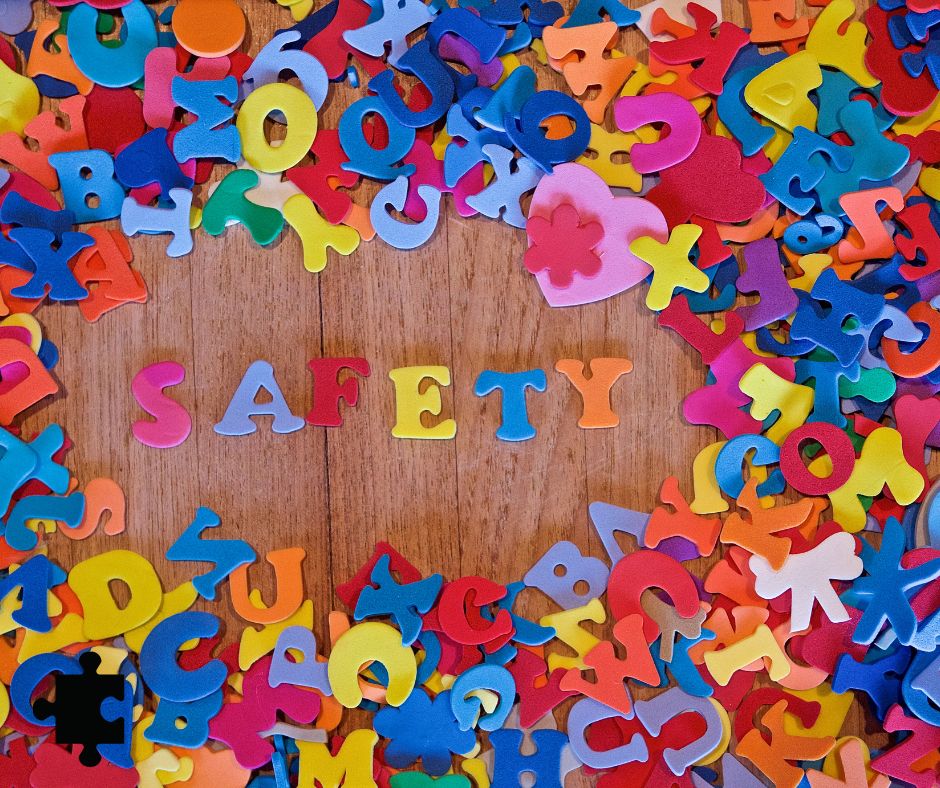
International Safe Places to Work Day
International Safe Places to Work Day is coming on July 24th. This is an annual
Lite with added extras
Includes ISO 9001 compliant document and asset management
Enterprise compliance
Everything you need in one fully integrated and configurable package
Our suite ISO Auditing modules and mobile apps, help businesses and organisations achieve compliance with ISO Standards.
Achieve ISO Certifications for your organisation, using our fully integrated ISO Auditing platform.
Health and Safety Software » Audit Management » PPE for Noise Control
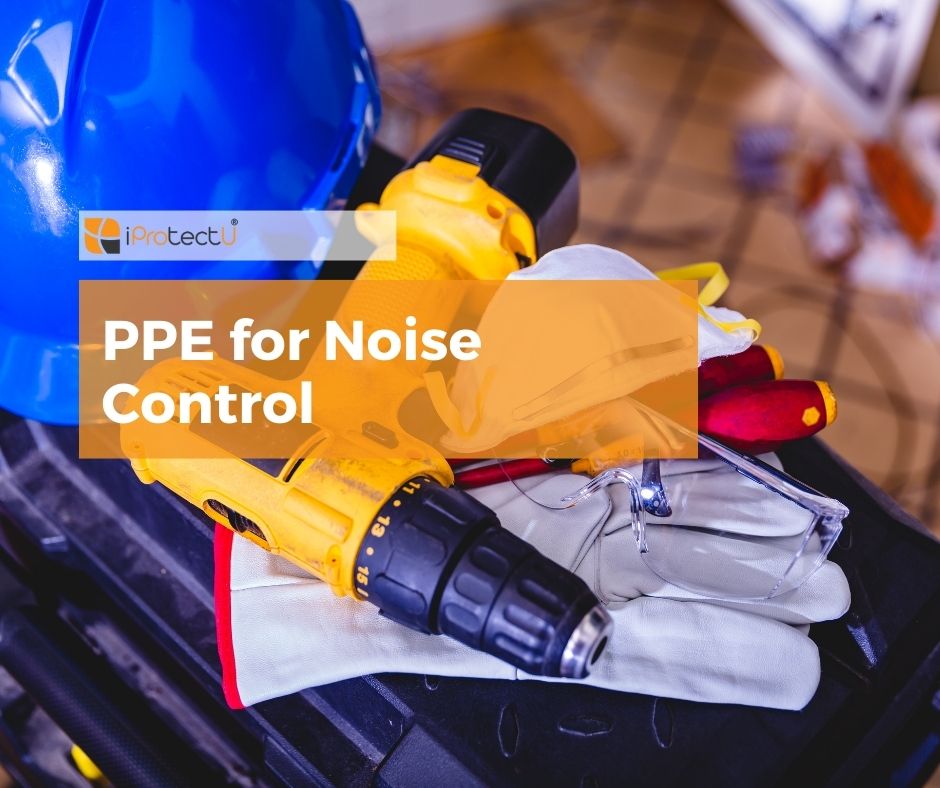
Personal Protective Equipment (PPE) can play an important role in noise control in the workplace. Below are some types of PPE which can help reduce noise exposure.
Employers should provide proper training to employees on the correct use and maintenance of hearing protection devices. This includes how to properly insert earplugs, adjust earmuffs for a proper fit, and regularly clean and replace them as needed.
Hearing protection should be used in conjunction with other noise control measures, such as engineering controls (e.g., sound barriers, mufflers) and administrative controls (e.g., limiting exposure time, job rotation) to effectively reduce noise exposure in the workplace.
It is the employer’s responsibility to regularly review and assess the effectiveness of the selected PPE and noise control measures to ensure ongoing protection for employees.
Using Hearing Protection effectively in the Workplace
Do:
Don’t:
Arrange your demonstration
Let us show you how we can transform your compliance management
Choose a date and time for your demo (no obligation) and we will be in touch.

International Safe Places to Work Day is coming on July 24th. This is an annual
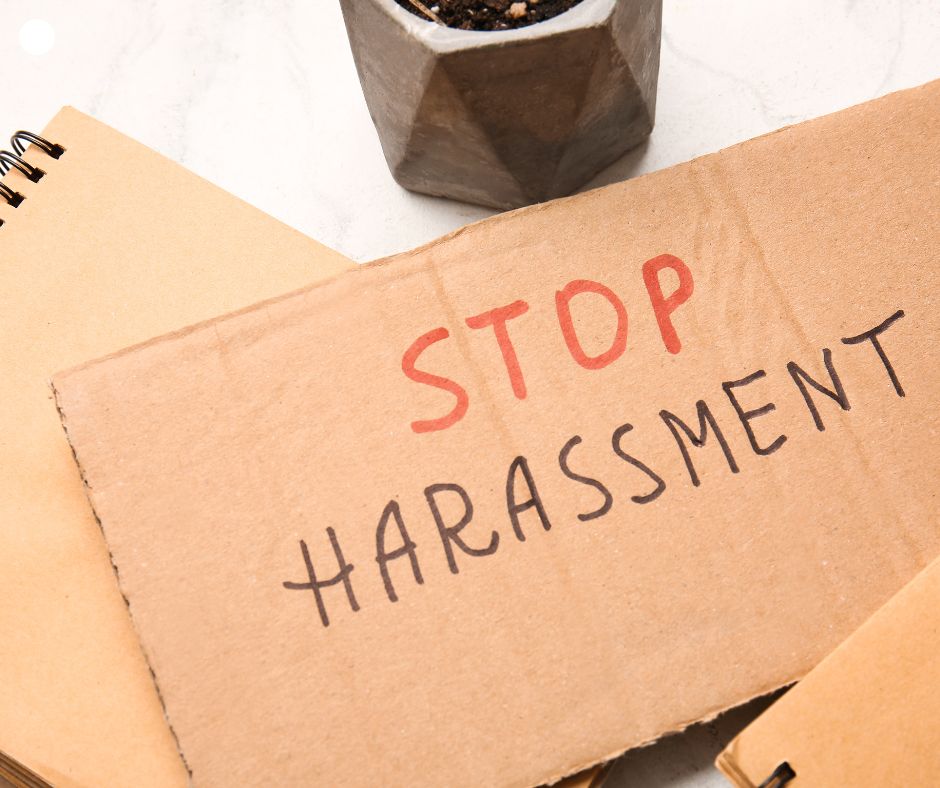
The Worker Protection Act is coming into effect for UK workplaces on October 27th, 2024.

Workers spend a large portion of their day inside an office building, and the indoor
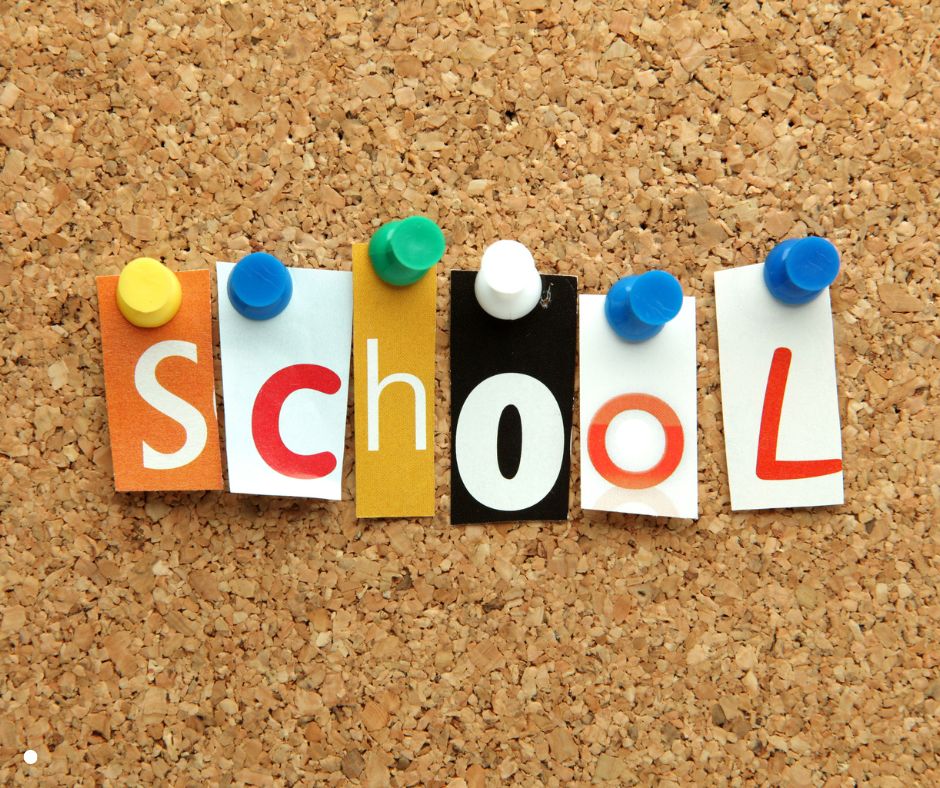
When it comes to fire safety in schools, official statistics released by the Home Office
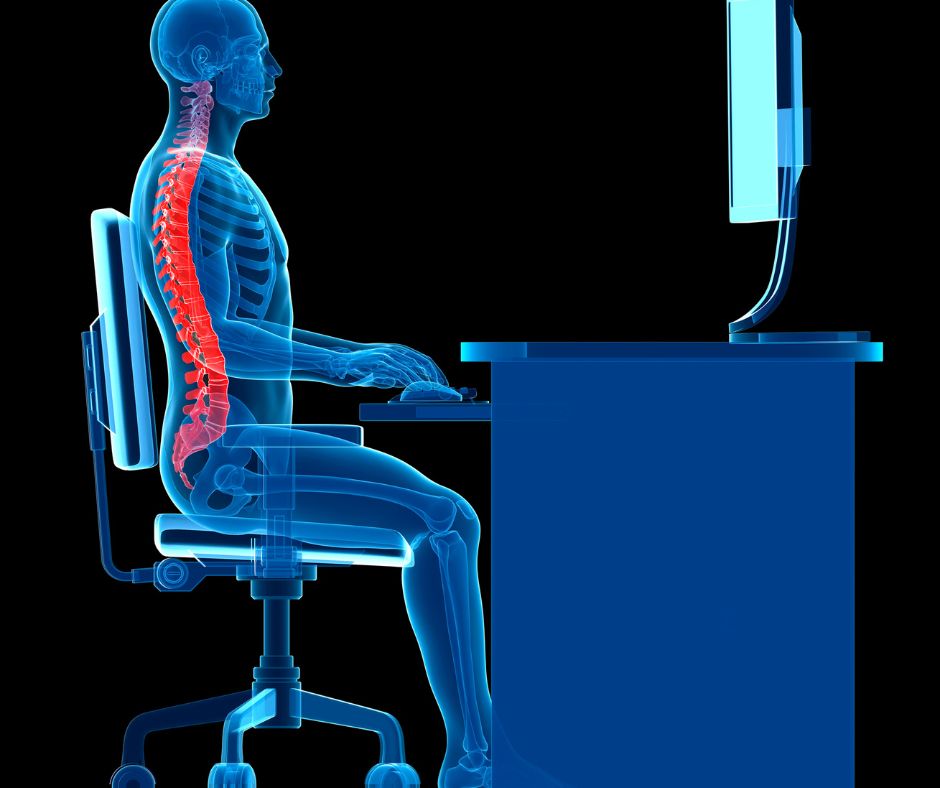
Musculoskeletal disorders (MSDs) are one of the most common work-related ailments.

Many of us can recall at least one Sports Day memory from childhood. For many